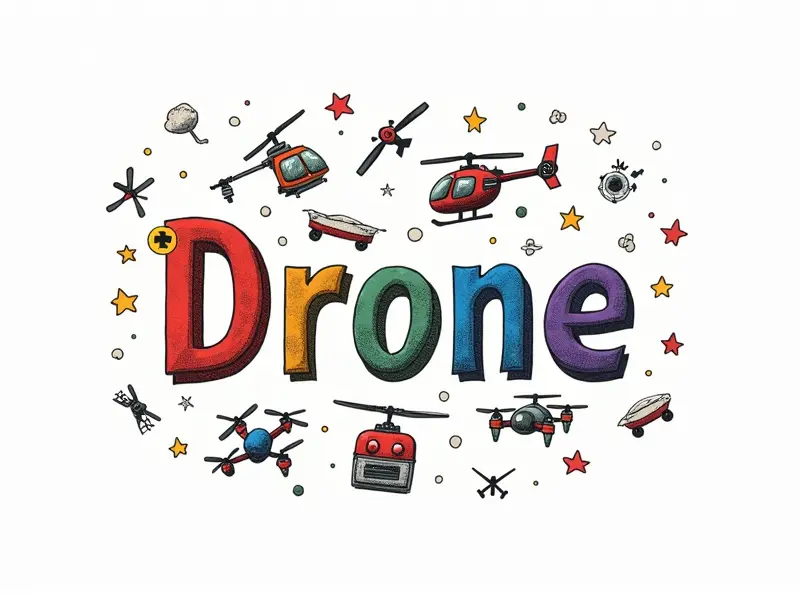Radio transmitter tuning range

Understanding RC Transmitter Frequency Limits
The radio control (RC) transmitter tuning range is a critical aspect of ensuring optimal performance in remote-controlled vehicles, drones, and other devices. The frequency limits of your RC transmitter dictate the effective communication distance between your controller and the device it controls. Understanding these limitations can help you maximize the operational capabilities of your equipment.
Boost Your RC Transmitter's Effective Range
To enhance the range of your RC transmitter, several factors need to be considered:
- Antenna Quality: Ensure that your transmitter has a high-quality antenna. A better antenna can significantly boost signal strength and extend the operational distance.
- Transmitter Power Output: Increasing the power output of your RC transmitter, within legal limits, can enhance its range. However, this must be balanced with battery life considerations.
Fine-Tuning RC Transmitter Settings for Distance
To fine-tune your RC transmitter settings for maximum distance:
- Channel Selection: Choose a less crowded frequency band to reduce interference from other devices. This can improve signal clarity and extend the range.
- Signal Modulation: Opt for digital modulation over analog, as it offers better resistance against interference and noise, enhancing overall performance.
Adjusting RC Transmitter Range for Optimal Control
Optimizing the range of your RC transmitter involves several steps:
- Environmental Factors: Be mindful of environmental conditions such as terrain and obstructions. Clear lines of sight between the transmitter and receiver are essential.
- Receiver Sensitivity: Ensure that your receiver has high sensitivity to pick up signals from a greater distance. This can be achieved through firmware updates or hardware upgrades.
Tips for Expanding RC Transmitter Reach
To expand the reach of your RC transmitter, consider these tips:
- Use Repeater Modules: Adding repeater modules can significantly extend the range by acting as signal boosters between the transmitter and receiver.
- High-Gain Antennas: Utilize high-gain antennas to increase the strength of your signal, thereby extending operational distance without compromising control accuracy.
Essential Steps to Tune RC Transmitter Range
The process of tuning an RC transmitter range includes several crucial steps:
- Frequency Scanning: Use a frequency scanner tool to identify the best available frequencies in your area, minimizing interference.
- Range Testing: Conduct thorough range testing under various conditions (indoors/outdoors, different terrains) to understand performance limits and optimize settings accordingly.
Quick Guide to Tuning RC Transmitter Range
To quickly tune your RC transmitter for optimal range:
- Select a Frequency Band: Choose the most appropriate frequency band based on local regulations and interference levels.
- Adjust Power Settings: Increase power settings cautiously to enhance signal strength, but avoid exceeding legal limits or causing interference with other devices.
Maximizing RC Transmitter Frequency Range
To maximize the frequency range of your RC transmitter:
- Use Diverse Antenna Types: Experiment with different types of antennas to find the one that provides the best balance between signal strength and operational distance.
- Optimize Receiver Placement: Position the receiver in a way that maximizes its exposure to signals from the transmitter, reducing dead spots and improving overall range.
Secrets to Perfect RC Transmitter Range
Achieving perfect tuning of your RC transmitter's range requires attention to detail:
- Signal Interference Analysis: Analyze potential sources of interference and take steps to mitigate them, such as moving away from crowded frequency bands or using shielding materials.
- Frequency Hopping Systems: Implementing a frequency hopping system can help maintain signal integrity by automatically switching frequencies if interference is detected.
Enhance RC Transmitter Performance with Range Tuning
Tuning your RC transmitter's range not only extends its operational distance but also improves overall performance:
- Battery Management: Ensure that both the transmitter and receiver have sufficient battery power to maintain signal strength over long distances.
- Environmental Adaptation: Adjust settings based on environmental conditions, such as changing frequency bands or antenna types for optimal performance in different terrains.
Mastering RC Transmitter Range Adjustment
Mastery of RC transmitter range adjustment involves a comprehensive understanding and application of the following principles:
- Continuous Monitoring: Regularly monitor your RC system's performance to identify areas for improvement and make necessary adjustments.
- Leverage Technology: Utilize advanced technologies such as signal analyzers, repeater modules, and software-defined radios (SDRs) to achieve the best possible range and reliability.
Conclusion
Tuning your RC transmitter's range is a critical aspect of ensuring reliable operation for remote-controlled devices. By understanding frequency limits, fine-tuning settings, and implementing effective strategies, you can significantly enhance the performance and operational distance of your RC equipment. Whether it’s through high-quality antennas, repeater modules, or advanced signal modulation techniques, there are numerous ways to optimize your transmitter's range. With careful consideration of environmental factors and continuous monitoring, you can achieve optimal control and extended reach for your remote-controlled devices.

